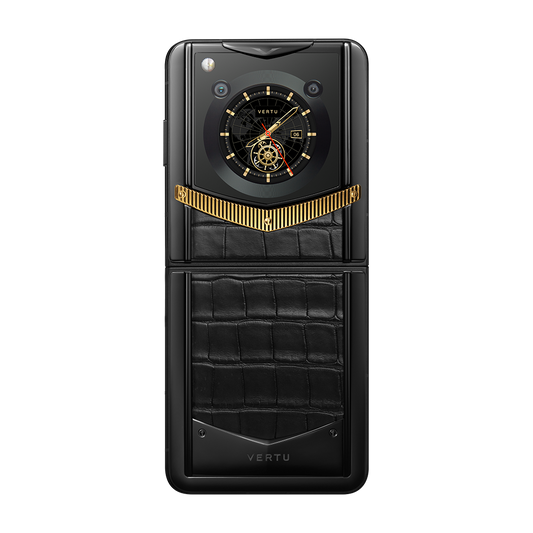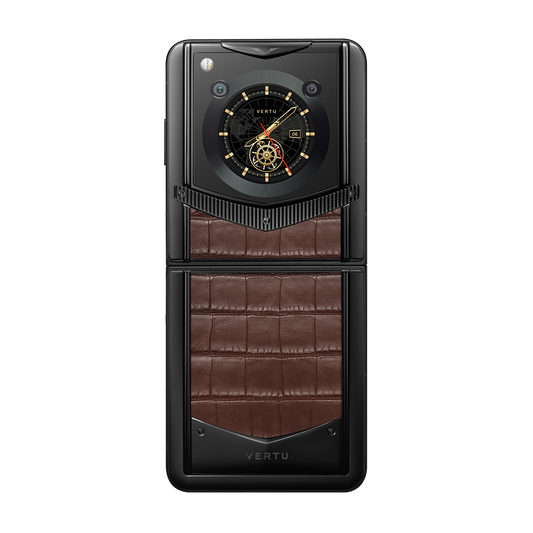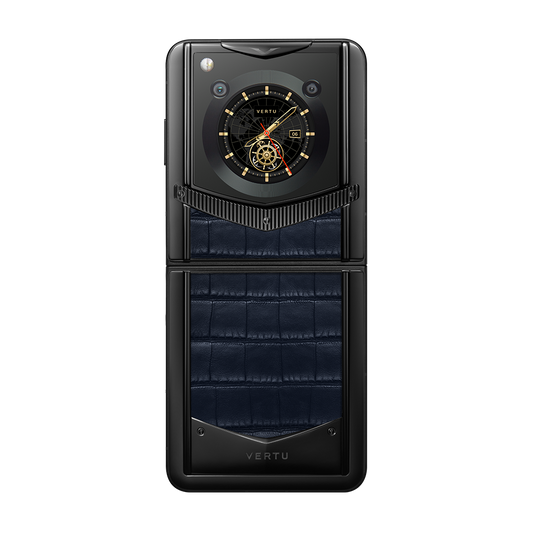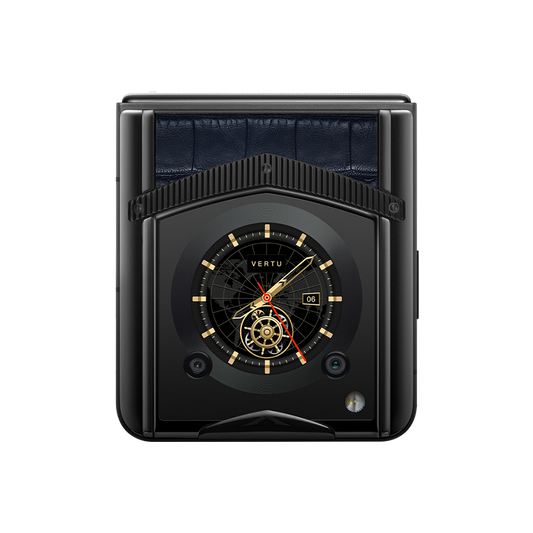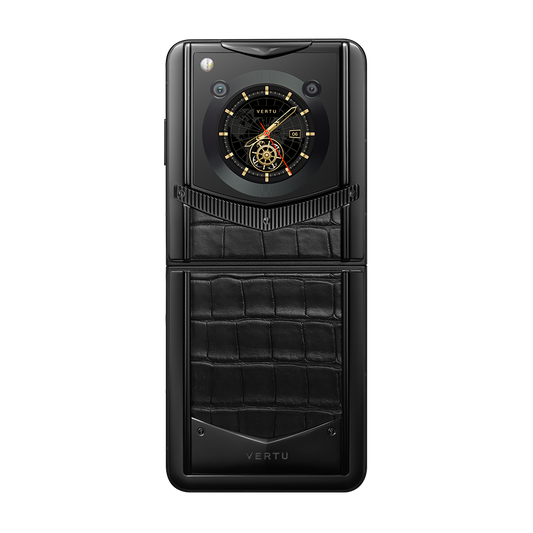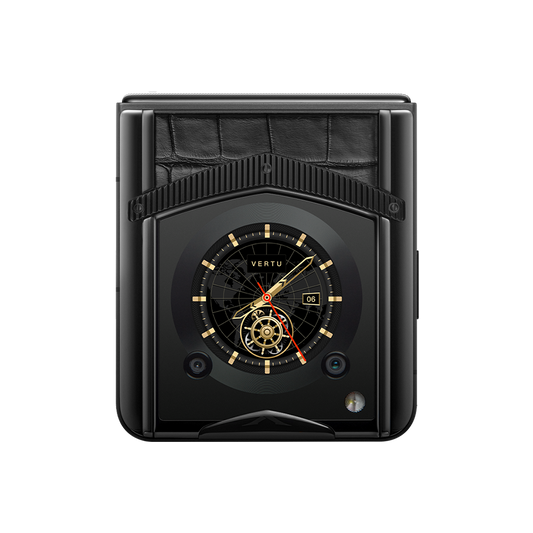A Fashion War between Chanel and Dior: The Obscure Past in Paris
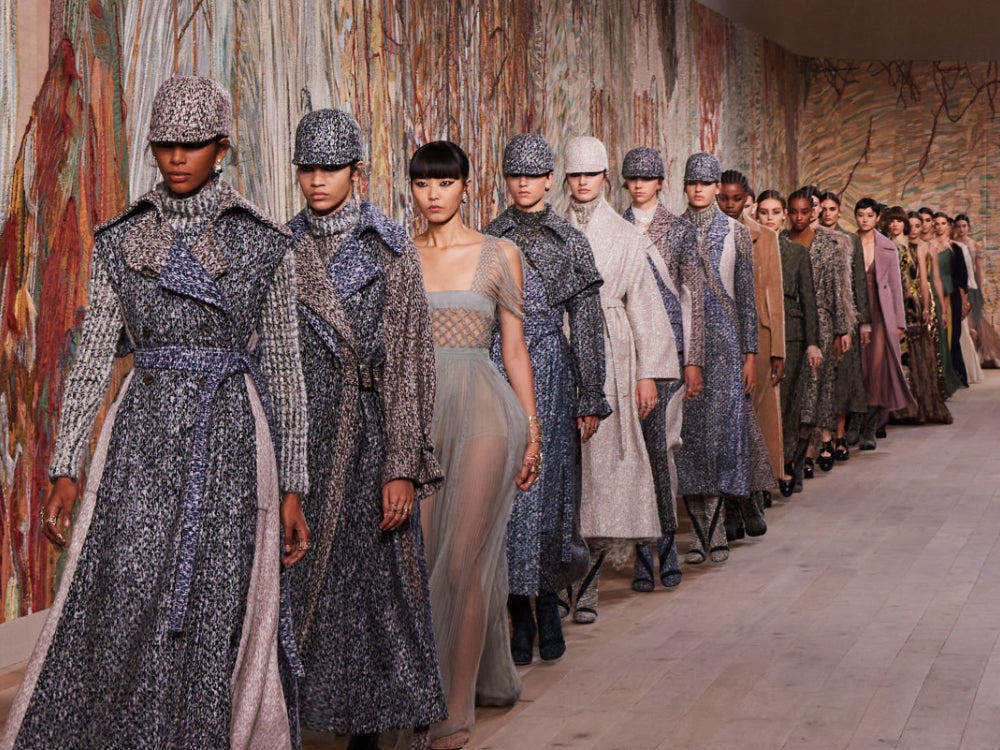
During tough economic times, lipstick becomes a popular fashion item and there is an increase in fashion-related movies and TV shows.
In January 2024, Balenciaga, a TV series about the Spanish designer Cristóbal Balenciaga, who founded the Balenciaga brand after fleeing to Paris during the Spanish Civil War, will air. The following February will see the opening of The New Look, which mirrors the rivalry between French designers Dior and Chanel. In March, the documentary High & Low will explore the rise and fall of former Dior designer John Galliano. Finally, in June, Kaiser Karl will showcase the rise of young Parisian designer Karl Lagerfeld.
The appearance of fashion-themed films and TV dramas tends to coincide with economic crises. Hollywood produced numerous fashion films during the Great Depression of the 1930s to boost the economy by promoting department stores.
Nowadays, there is an unprecedented interest in luxury brand designers, with biographical films being made about them. What is the reason behind this sudden interest from film and television writers and directors?
Fashion is influenced by social, historical, and political factors. For instance, Chanel and Dior were active during the 1920s and 1950s, which coincided with a significant period of social transformation. Prior to this, fashion trends were determined by social elites, but after this period, the trend system shifted to be defined by specific designers, gradually becoming more accessible to the general public. This shift caused significant conflict and introduced a cast of mysterious legends who, in turn, created a complex group of characters that provided a colourful backdrop for the story. The fashion industry is associated with an air of grandeur and glamour, and the egos, ambitions, and fierce competition of the designers, dressed in fancy clothes, are presented on the TV screen with extra splendour.
We often see successful people who have mastered fashion trends, but rarely witness their humble moments of embarrassment when they fall into difficult times. The TV series shows us Chanel in a sorry state, Dior struggling with personal loss and wartime trauma. It appears that, for the most part, master designers are not dissimilar to the general population. They can be competitive, occasionally self-righteous, and even disillusioned. They may also feel insecure and attempt to conceal it. However, they excel in the art of styling and have connections to celebrities and the upper class that are beyond our reach.
Unlike previous fashion-focused TV shows, The New Look is a biographical drama that focuses on the life of Coco Chanel, and Dior. The show offers a fresh perspective on the two fashion icons, whose stories have been retold countless times. How can the life of a brand's founder be portrayed in a new and innovative way?
The plot is divided into two threads that follow the choices and practices of Dior and Chanel, and the various people around them, during the Nazi occupation of Paris. It delves into the complexity of people's morals under the shadow of the invaders' terror.
Dio's plotline revolves around him and the Free French organization, and his sister Caterina is an active member of the Resistance. In the play, Dio grapples with guilt and fear over his inability to protect his sister while striving to create beauty amidst the horror. He perseveres through the darkness and is ultimately celebrated as a symbol of hope in France.
While Dior was born into a life of luxury with a beautiful mansion and loving parents, Chanel's childhood was marked by poverty. Her upbringing taught her the importance of self-preservation, adaptability, and a strong will to survive. However, her survival instincts sometimes led her to disregard morality and act in a self-centered and indifferent manner. In the play, Chanel attempts to salvage her career during wartime but falls victim to Nazi coercion. She must navigate carefully between various forces.









